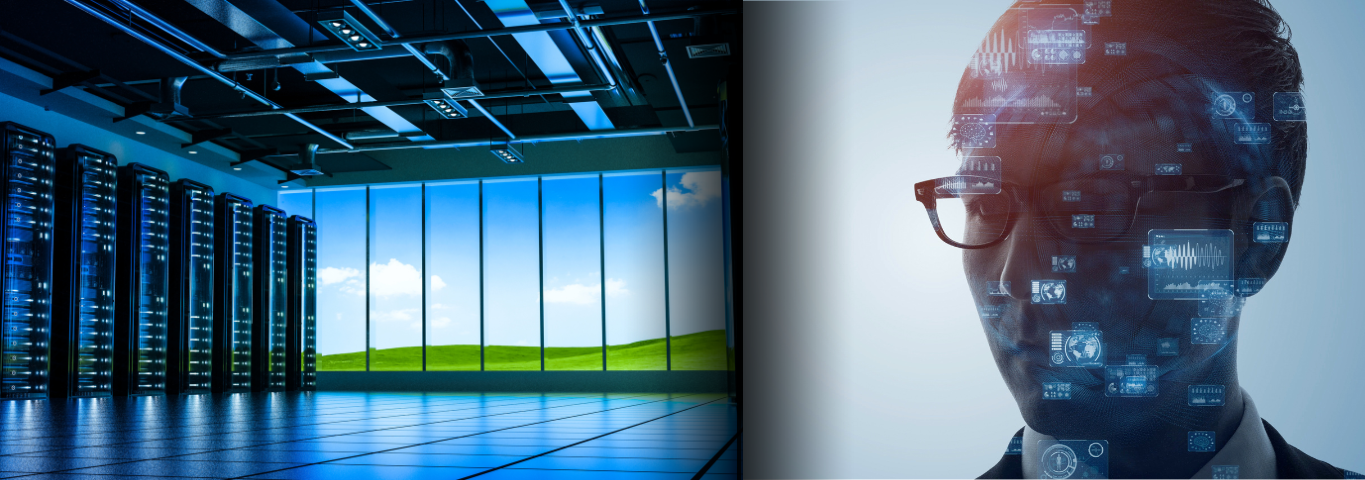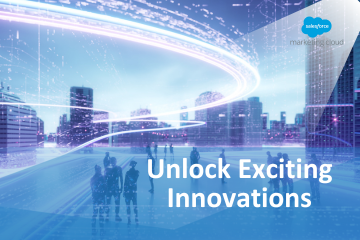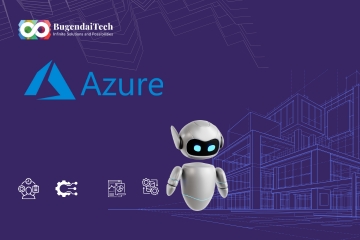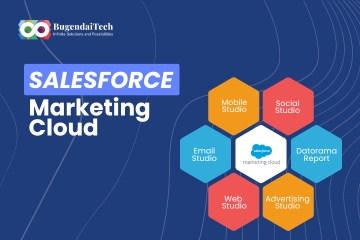In an era where digital transformation is paramount, the demand for robust, efficient, and sustainable data centers has never been higher. With their intense computational and storage requirements, the rise of cloud computing and generative AI (Gen AI) applications underscores the need for greener data center solutions.
This blog explores the strategies and technologies enabling the creation of green data centers that support the burgeoning needs of cloud and Gen AI applications.
The Imperative for Green Data Centers
Data centers are the backbone of the modern digital economy, housing the critical infrastructure that powers everything from social media to advanced AI algorithms.
However, they are also significant energy consumers, contributing substantially to global carbon emissions. The need to mitigate environmental impact while supporting the exponential growth in data traffic and computational demand drives the shift towards greener data centers.
4 Key Strategies for Green Data Centers
Energy-Efficient Infrastructure
Advanced Cooling Techniques
Traditional cooling systems consume a significant portion of a data center's energy. Implementing advanced cooling technologies, such as liquid cooling, free cooling, and hot/cold aisle containment, can drastically reduce energy consumption.
Efficient Hardware
Leveraging energy-efficient servers, storage devices, and networking equipment can lower power usage. Innovations in chip design, such as ARM-based processors, offer superior performance-per-watt compared to traditional x86 architectures.
Renewable Energy Sources
Solar and Wind Power
Integrating renewable energy sources, such as solar panels and wind turbines, into the data center's power supply can significantly reduce reliance on fossil fuels. Companies like Google and Microsoft are leading the charge by committing to 100% renewable energy for their data centers.
Energy Storage Solutions
Advanced battery storage systems can store excess renewable energy, ensuring a steady power supply even when solar or wind conditions are unfavorable.
Optimized Resource Utilization
Virtualization and Cloud Computing
By consolidating workloads through virtualization and leveraging the scalability of cloud computing, data centers can achieve higher utilization rates, reducing the overall energy footprint.
AI for Resource Management
Using AI to dynamically manage resources, predict failures, and optimize cooling can enhance efficiency. AI-driven predictive analytics can also adjust power usage in real-time based on demand.
Sustainable Building Practices
Green Building Materials
Constructing data centers with sustainable materials reduces the environmental impact. Additionally, designing facilities to maximize natural light and ventilation can lower energy requirements.
Efficient Design
The physical data center design, layout, and architecture are crucial in energy efficiency. Implementing modular designs allows for scalable, efficient expansion.
Case Studies in Green Data Centers
Google's Data Centers
Google's data centers are renowned for their energy efficiency. The company uses machine learning algorithms to optimize cooling and power usage, reducing energy costs by up to 30%. Google also matches 100% of its energy consumption with renewable energy purchases.
Microsoft's Project Natick
Microsoft's underwater data center project, Natick, showcases innovative approaches to sustainability. Submerging data centers offshore leverages natural cooling from the ocean, reducing the need for energy-intensive cooling systems.
Apple's Data Centers
Apple has made significant strides in green energy. Its data centers are powered with 100% renewable energy. The company also employs advanced water-cooling techniques and efficient design to minimize environmental impact.
Future Outlook
The evolution towards greener data centers is not just a trend but a necessity. As cloud services and Gen AI applications continue to grow, the pressure on data centers will increase. Future developments in quantum computing, AI-driven automation, and sustainable technologies will further enhance the capabilities and efficiency of data centers.
Moreover, regulatory pressures and consumer expectations will likely drive more companies to adopt green data center practices. Initiatives like the European Union's Green Deal and the United States' clean energy goals will set stringent standards for data center sustainability.
Conclusion
Creating green data centers for cloud and Gen AI applications is a multifaceted challenge that requires innovation, investment, and a commitment to sustainability. By embracing energy-efficient technologies, renewable energy sources, optimized resource utilization, and sustainable building practices, the industry can significantly reduce its environmental impact while meeting the growing demands of the digital age.
As we move towards a more sustainable future, green data centers will play a pivotal role in shaping a responsible and resilient digital infrastructure.
In conclusion, the era of multi-cloud strategies has dawned, offering organizations unprecedented opportunities to unleash the full potential of data science. By embracing diversity, mitigating risks, and optimizing costs, organizations can navigate the complexities of the cloudscape and embark on a journey toward innovation and growth.
The strategic use of multi-cloud infrastructure not only enhances operational resilience but also propels businesses into a future where the potential of data science can be fully realized.






Comments